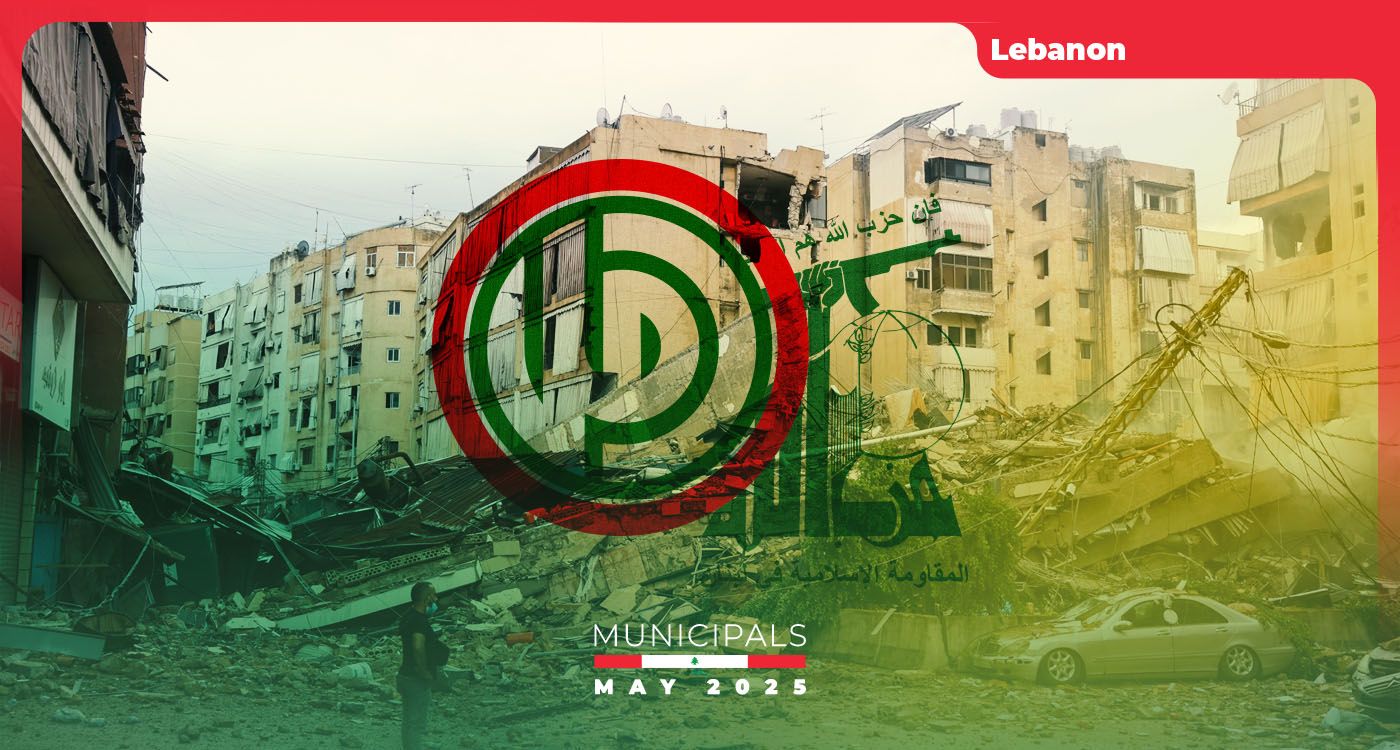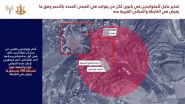
May appears to be a pivotal moment for Hezbollah and the Amal Movement, as Lebanon heads toward municipal elections that could serve as a litmus test for broader political shifts leading up to the 2026 parliamentary vote. These elections will take place against the backdrop of a deeply altered national climate, marked by a major war that has severely strained Hezbollah—militarily, economically and in terms of public perception.
Heavily weakened by the devastating conflict it entered under the banner of the “unity of fronts,” and without the formal backing of the Lebanese state, how is Hezbollah preparing for the municipal elections?
The Amal Movement, while a close ally of Hezbollah, is navigating its own set of challenges. Speaker Nabih Berri, a longstanding political figure, is under pressure to distance himself in light of growing international demands for the full disarmament of Hezbollah and the reassertion of state sovereignty. This places Berri in a delicate position: preserving the alliance with Hezbollah while responding to increasing internal and external calls for reform and accountability.
Hezbollah: Weakened but Still Present?
The war has undeniably taken a heavy toll on Hezbollah, with significant human and material losses that have tarnished its image. What were once portrayed as calculated operations of “resistance” are now being scrutinized even within its own ranks. Human and material losses have shaken the aura of invincibility the group cultivated, and the limits of its military effectiveness have been exposed in stark terms.
Its challenge will be to reaffirm its relevance not only among its traditional support base, but within a broader electorate increasingly disillusioned with slogans and demanding tangible improvements in local governance—security, infrastructure, basic services. Its historic anti-Israel narrative, while still mobilizing to some extent, may no longer be sufficient.
“Nonetheless, Hezbollah remains a key player in South Lebanon and Lebanese politics,” a source close to the matter said. “Far from withdrawing, the group is now trying to regain its base’s trust, notably by intensifying its local presence and stepping up, as best it can, social services for Shiite communities.”
According to the same source, Hezbollah’s influence over municipalities—especially in South Lebanon and areas of the Beqaa—remains significant. However, “the militia may adopt a more cautious approach this time, aware of the mounting pressures and shifting political dynamics it now faces.”
Amal: In an Awkward Position?
In South Lebanon, the Amal Movement also maintains “a well-established position,” according to the same source. “It has always presented itself as a counterbalance to Hezbollah, while remaining closely allied with it.” This complex dynamic may come under strain during the upcoming municipal elections.
Though Amal strongly supported Hezbollah during the war with Israel, it now faces growing discontent—not only from within the Shiite community, but also from the broader Lebanese population—amid intensifying international calls for reform. As Lebanon struggles through an unprecedented multidimensional crisis, Amal will be under pressure to demonstrate that it is more than just Hezbollah’s junior partner, by showing it can effectively govern at the local level and meet both domestic and international expectations.
According to the same source, the movement is preparing for the elections with a dual-track strategy: strengthening its grassroots networks in Shiite-majority areas, while also seeking to expand its reach by forging new political alliances to widen its electoral appeal.
Political journalist and analyst Ali Hamade disagrees with this view, suggesting the electoral landscape will likely reflect continuity of the alliance between the two movements. Rather than running separately, Hezbollah and Amal may choose to combine forces by running joint lists in key regions. “This would not only help them preserve their respective influence, but also project a unified front to an increasingly demanding electorate,” he explained.
Joint Lists?
“It’s clear that Hezbollah and Amal will approach these elections as allies. They plan to run joint lists, but the composition of these lists is complex,” Hamade said. Unlike parliamentary elections, municipal contests are heavily influenced by local dynamics, family ties, clan loyalties and tribal structures. “We often see divisions even within the same clan, making election management particularly tricky.”
Beyond local calculations, these municipal elections carry major political weight for Hezbollah, especially in the aftermath of what Hamade described as a “military debacle.” The group is now seeking to restore its image and reassert control over its Shiite base. “Hezbollah needs to reestablish internal legitimacy and reaffirm its status as a dominant popular force,” he emphasized.
Meanwhile, Amal is contending with its own set of challenges. Long accused of systemic corruption—especially within the state apparatus—Nabih Berri’s party is suffering a significant loss of credibility among voters. “These accusations can no longer be dismissed,” Hamade noted. “Amal and Hezbollah will therefore be forced to close ranks in response to an increasingly critical Shiite base.”
Security Concerns Add More Uncertainty
Another wildcard is the security situation. “There’s no guarantee that the current ceasefire will hold until election day,” Hamade warned. Even if the vote takes place as planned, regions like the Beqaa could deliver unexpected results. He noted, “Even more than in the South—except for big cities like Tyre or Nabatiyeh—we might witness breakthroughs by independent lists.”
Finally, looming in the background is the 2026 parliamentary election. According to Hamade, “the Hezbollah-Amal tandem may face growing dissent in villages and smaller constituencies.” Thus, what once appeared to be a secure grip on key voting blocs may start to loosen.





Comments